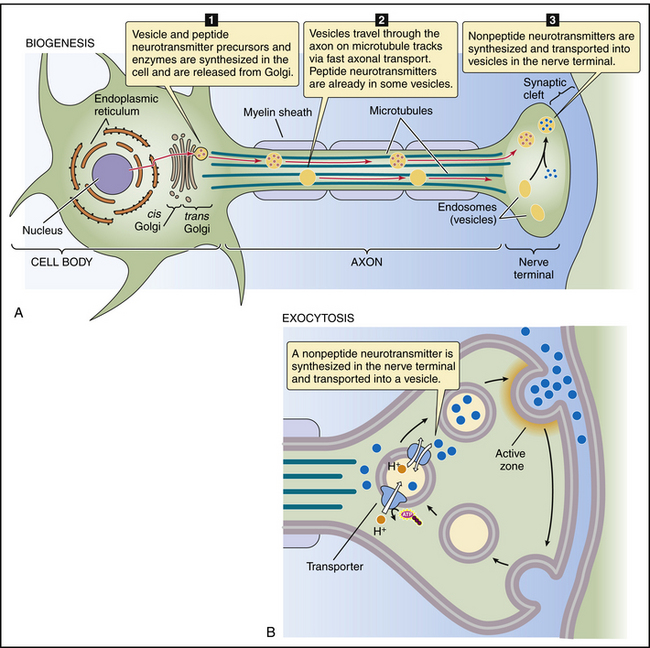2 CASE 2
PATHOPHYSIOLOGY OF KEY SYMPTOMS
Normal neuromuscular transmission requires the release of acetylcholine from the synaptic vesicles in the alpha (α)-motor neuron presynaptic nerve terminal (Fig. 2-1), diffusion across the synaptic cleft, and binding to the receptors at the motor end plate region of the skeletal muscle cell. The acetylcholine is degraded by the enzyme acetylcholinesterase into acetate and choline. The choline is transported back into the presynaptic terminal and returned to the recycled portion of the vesicle. Acetylcholine is resynthesized, and the vesicle is ready for reuse.
< div class='tao-gold-member'>
Only gold members can continue reading. Log In or Register to continue
Stay updated, free articles. Join our Telegram channel

Full access? Get Clinical Tree



